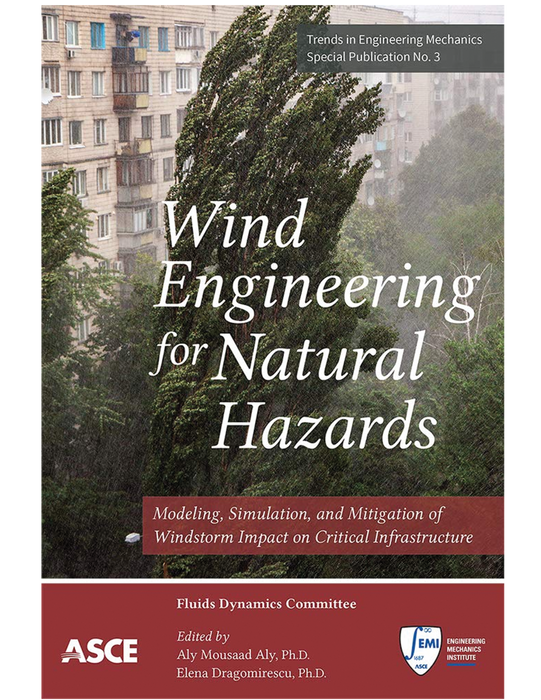
Wind Engineering for Natural Hazards
Wind Engineering for Natural Hazards. Selected papers from presentations at the EMI 2016 conference held at Vanderbilt University, Nashville, Tennessee, May 22-25, 2016 Are engineers ready to design and build critical infrastructure to withstand the fury of windstorms? Are the current structures safe, and what does it take to make them more reliable against extreme winds? Wind Engineering for Natural Hazards: Modeling, Simulation, and Mitigation of Windstorm Impact on Critical Infrastructure addresses the challenges of understanding and mitigating windstorm impact on high-rise buildings, long-span bridges, power transmission lines, and other critical infrastructure. Topics in this Trends in Engineering Mechanics Special Publication (TEMSP) include - Optimal design wind loads - Simulation of stochastic dynamics of high-rise buildings under turbulent winds, - Performance-based design, - Wind fairings and wind-adaptable design, - Wind response control with tuned mass dampers, - Wind induced vibrations in bridge cables, - Bridge deck shape and aerodynamic stability, - Downburst-induced forces for transmission lines,Laboratory simulation of tornado-like vortices, and - Atmospherics boundary layer computational simulation. TEMSP 3 provides up-to-date content in wind engineering research for engineers and scientists working to develop a more resilient and sustainable built environment.
